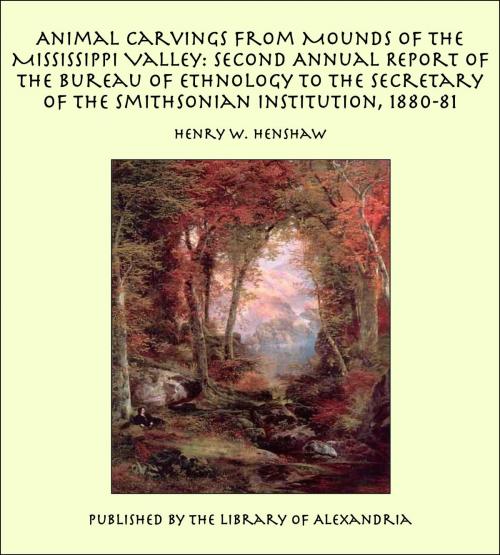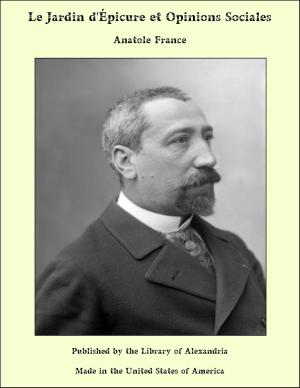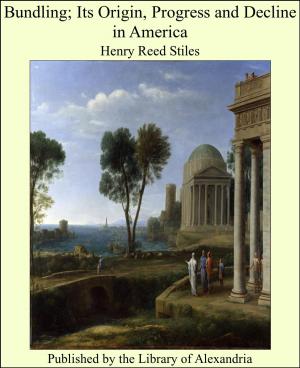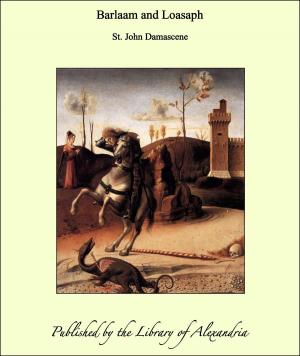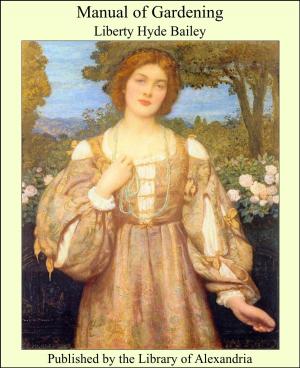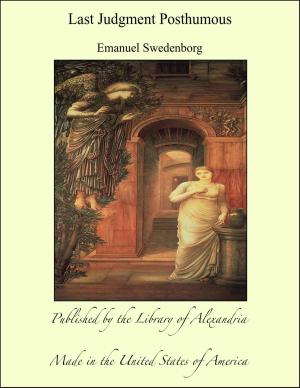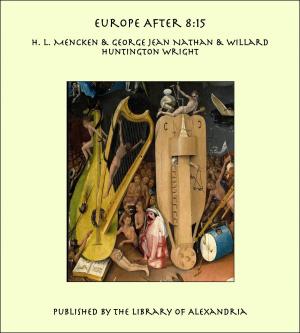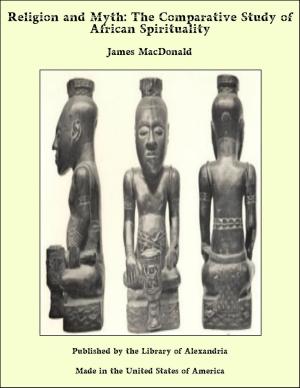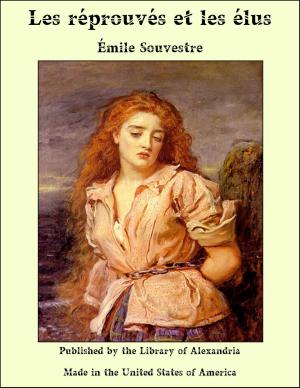Animal Carvings from Mounds of the Mississippi Valley: Second Annual Report of the Bureau of Ethnology to the Secretary of the Smithsonian Institution, 1880-81
Nonfiction, Religion & Spirituality, New Age, History, Fiction & Literature| Author: | Henry W. Henshaw | ISBN: | 9781465547590 |
| Publisher: | Library of Alexandria | Publication: | March 8, 2015 |
| Imprint: | Language: | English |
| Author: | Henry W. Henshaw |
| ISBN: | 9781465547590 |
| Publisher: | Library of Alexandria |
| Publication: | March 8, 2015 |
| Imprint: | |
| Language: | English |
The considerable degree of decorative and artistic skill attained by the so-called Mound-Builders, as evidenced by many of the relics that have been exhumed from the mounds, has not failed to arrest the attention of archæologists. Among them, indeed, are found not a few who assert for the people conveniently designated as above a degree of artistic skill very far superior to that attained by the present race of Indians as they have been known to history. In fact, this very skill in artistic design, asserted for the Mound-Builders, as indicated by the sculptures they have left, forms an important link in the chain of argument upon which is based the theory of their difference from and superiority to the North American Indian. Eminent as is much of the authority which thus contends for an artistic ability on the part of the Mound-Builders far in advance of the attainments of the present Indian in the same line, the question is one admitting of argument; and if some of the best products of artistic handicraft of the present Indians be compared with objects of a similar nature taken from the mounds, it is more than doubtful if the artistic inferiority of the latter-day Indian can be substantiated. Deferring, however, for the present, any comparison between the artistic ability of the Mound-Builder and the modern Indian, attention may be turned to a class of objects from the mounds, notable, indeed, for the skill with which they are wrought, but to be considered first in another way and for another purpose than mere artistic comparison. As the term Mound-Builders will recur many times throughout this paper, and as the phrase has been objected to by some archæologists on account of its indefiniteness, it may be well to state that it is employed here with its commonly accepted signification, viz: as applied to the people who formerly lived throughout the Mississippi Valley and raised the mounds of that region. It should also be clearly understood that by its use the writer is not to be considered as committing himself in any way to the theory that the Mound-Builders were of a different race from the North American Indian. Among the more interesting objects left by the Mound-Builders, pipes occupy a prominent place. This is partly due to their number, pipes being among the more common articles unearthed by the labors of explorers, but more to the fact that in the construction of their pipes this people exhibited their greatest skill in the way of sculpture. In the minds of those who hold that the Mound-Builders were the ancestors of the present Indians, or, at least, that they were not necessarily of a different race, the superiority of their pipe sculpture over their other works of art excites no surprise, since, however prominent a place the pipe may have held in the affections of the Mound-Builders, it is certain that it has been an object of no less esteem and reverence among the Indians of history. Certainly no one institution, for so it may be called, was more firmly fixed by long usage among the North American Indians, or more characteristic of them, than the pipe, with all its varied uses and significance
The considerable degree of decorative and artistic skill attained by the so-called Mound-Builders, as evidenced by many of the relics that have been exhumed from the mounds, has not failed to arrest the attention of archæologists. Among them, indeed, are found not a few who assert for the people conveniently designated as above a degree of artistic skill very far superior to that attained by the present race of Indians as they have been known to history. In fact, this very skill in artistic design, asserted for the Mound-Builders, as indicated by the sculptures they have left, forms an important link in the chain of argument upon which is based the theory of their difference from and superiority to the North American Indian. Eminent as is much of the authority which thus contends for an artistic ability on the part of the Mound-Builders far in advance of the attainments of the present Indian in the same line, the question is one admitting of argument; and if some of the best products of artistic handicraft of the present Indians be compared with objects of a similar nature taken from the mounds, it is more than doubtful if the artistic inferiority of the latter-day Indian can be substantiated. Deferring, however, for the present, any comparison between the artistic ability of the Mound-Builder and the modern Indian, attention may be turned to a class of objects from the mounds, notable, indeed, for the skill with which they are wrought, but to be considered first in another way and for another purpose than mere artistic comparison. As the term Mound-Builders will recur many times throughout this paper, and as the phrase has been objected to by some archæologists on account of its indefiniteness, it may be well to state that it is employed here with its commonly accepted signification, viz: as applied to the people who formerly lived throughout the Mississippi Valley and raised the mounds of that region. It should also be clearly understood that by its use the writer is not to be considered as committing himself in any way to the theory that the Mound-Builders were of a different race from the North American Indian. Among the more interesting objects left by the Mound-Builders, pipes occupy a prominent place. This is partly due to their number, pipes being among the more common articles unearthed by the labors of explorers, but more to the fact that in the construction of their pipes this people exhibited their greatest skill in the way of sculpture. In the minds of those who hold that the Mound-Builders were the ancestors of the present Indians, or, at least, that they were not necessarily of a different race, the superiority of their pipe sculpture over their other works of art excites no surprise, since, however prominent a place the pipe may have held in the affections of the Mound-Builders, it is certain that it has been an object of no less esteem and reverence among the Indians of history. Certainly no one institution, for so it may be called, was more firmly fixed by long usage among the North American Indians, or more characteristic of them, than the pipe, with all its varied uses and significance
